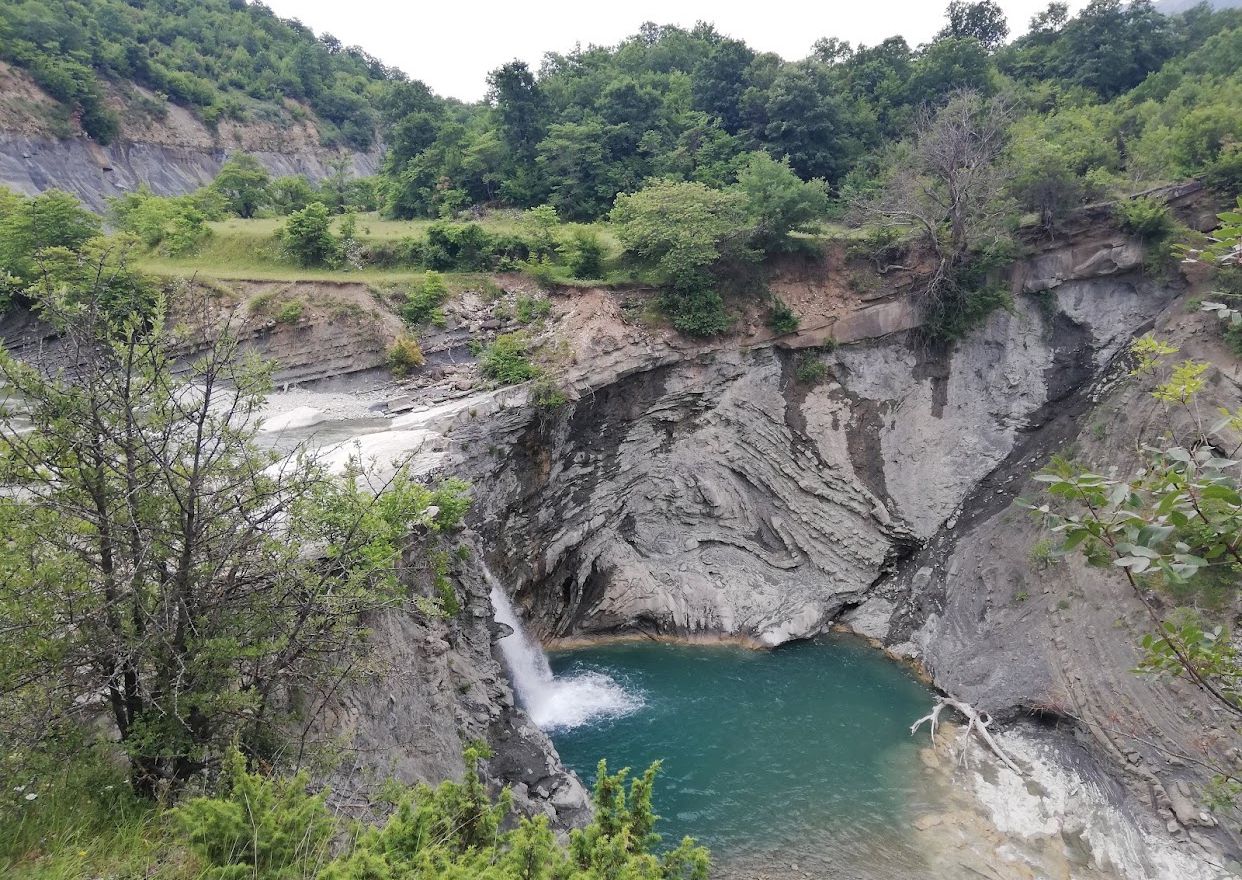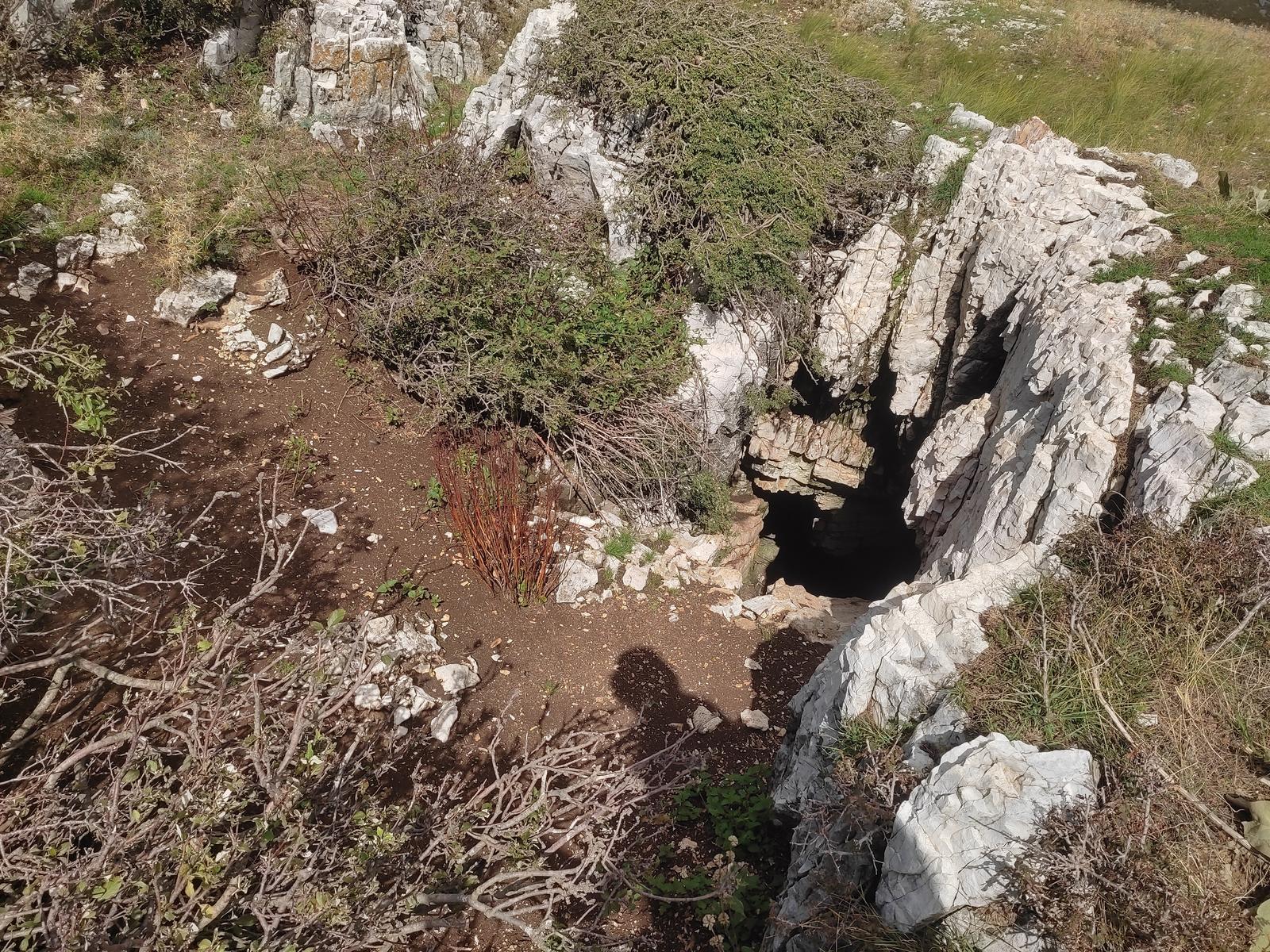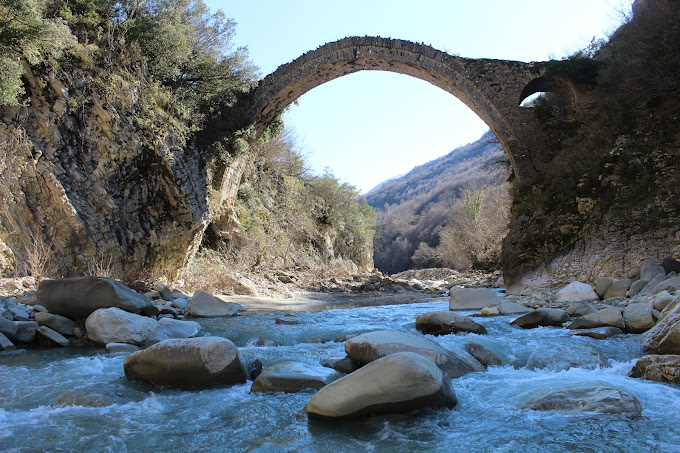Tabake Bridge is a pedestrian stone bridge from the Ottoman period of the 18th century. The bridge was built with the contribution of the Guild of Tabakers, to pass over Lana, which had a special position in the economic and social life of Tirana. It was part of the Shëngjergji road, which connected Tirana with its eastern highlands.
The bridge testifies to the ancient traditions of our country in the field of construction and to the great work of the masters of Tirana. It also connected the two banks of the Lana River, where butchers' shops and leather craft were located until the 1930s. Precisely because of the tannery activity, the neighborhood was called Tabakane and the street was called "Rruga e Tabakeve", i.e. tanners' street. For this reason, it is known even today as the Ura e Tabakke.
The bridge stands out for its harmonious architecture, as well as for the proportional distribution of its elements. It is about 7.5 m high and 2.5 m wide. It consists of a main arch, over which rises the ridge-shaped bridge, built of cobblestones and irregularly placed river stones. Ura e Tabakeve underwent restoration in the 90s and remains a historical attraction of the city of Tirana.





.webp)
 (1).webp)



 (1) (1) (1).webp)
 (1).webp)
.webp)
.jpg)
.jpg)